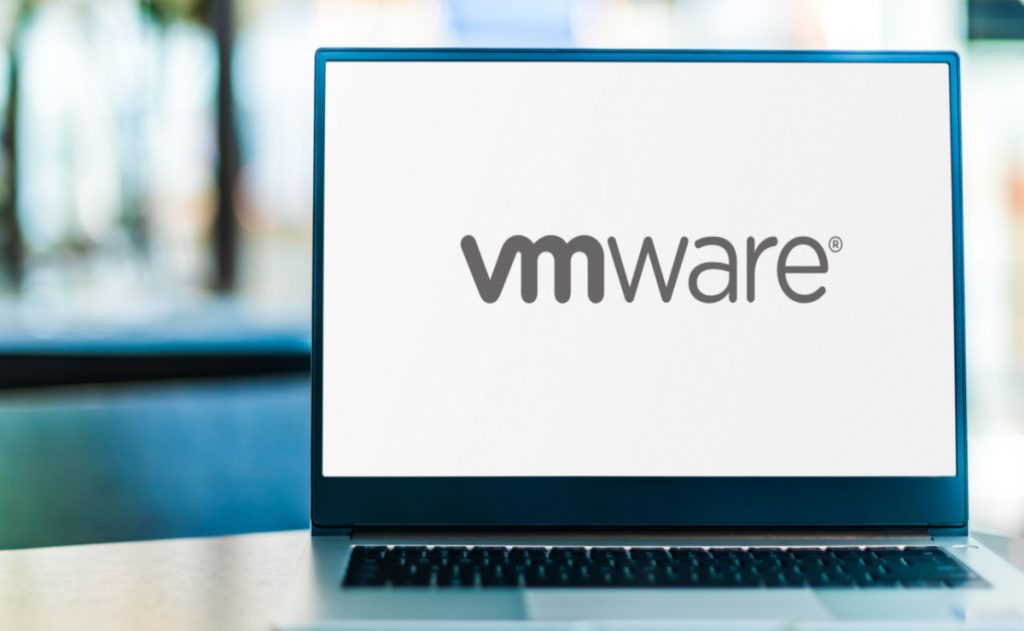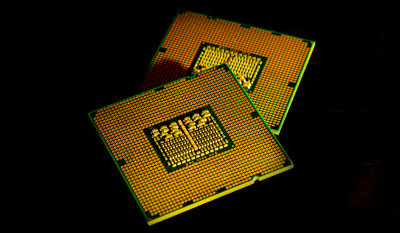Highlights:
- Samsung and VMware are working together to make the evolution of 5G Open RAN networks enabled by a cloud-native architecture and simpler for CSPs.
- The VMware Telco Cloud Platform is also being improved to provide carrier-grade intelligent networking and lateral security features like intrusion detection, prevention, and distributed firewalls.
VMware Inc. recently started expanding its line of products for communication service providers and opened a service management and orchestration framework that obeys the O-RAN Alliance’s guidelines for automating and simplifying radio access networks with their applications.
A radio access network (RAN) is a cellular network’s radio element that joins wireless devices to transceivers and, finally, to the core network that connects to the internet. RANs have usually been proprietary because of their speed and low latency requirement. The O-RAN alliance is championing an open standard that would grow the number of players in the RAN ecosystem.
RAN Goals
Sanjay Uppal, senior vice president and general manager of the service provider and edge business unit at VMware, said, “We think you will see that VMware is at the forefront of getting deployed in telcos both in the RAN as well as in the core. We are extending our leadership, bringing the enterprise data center learning and SD-WAN [software-defined wide-area network] learning together to become the de facto standard in the RAN.”
VMware also declares a technical preview that will empower communication service providers. They can run virtualized and disaggregated RAN functions directly with VMware Tanzu on a bare metal server without an installed operating system. Project Kauai is aimed at telecom providers that require flexibility in deploying edge devices.
Uppal added, “It will be the VMware cloud platform deployed so customers can choose whether they want a hypervisor or bare metal and have the same automation assurance they get from running VMware in the control plane. You can have a cloud-native containerized application running on bare metal.”
Carrier-grade Features for Telco Cloud
The VMware Telco Cloud Platform is also being enhanced to provide lateral security features like intrusion detection and amp; prevention, distributed firewall, carrier-grade intelligence networking, and support in improving the energy efficiency application scenarios for 4G and 5G core load balancing.
Data processing unit-based acceleration capabilities, declared last summer, help enable this. It assists in security and networking functions to be offloaded from an application host server onto dedicated DPUs. The result is accelerated networking and security performance for cloud-native network functions and virtual network functions, together with enhanced network observability and more host resources being made accessible to applications.
SD-WAN and 5G
VMware provides new and advanced remote device/worker connectivity and brilliant wireless capabilities to its SD-WAN. It secures access to service edge or SASE products for its enterprise users. It is also broadening collaboration with Intel Corp. aimed at furnishing new edge appliances depending on 5G connectivity that help SD-WAN use cases involving the “internet of things” and mobile devices.
Utilizing a virtual overlay network on top of the underlying transport, VMware SD-WAN boosts application reliability by replying to wireless or wired network issues in milliseconds, according to the company. SASE and SD-WAN services support a vast range of transport, consisting of satellite transport, LTE/3G, and wired transport options like broadband and multiprotocol label switching (MPLS).
The company said its SD-WAN could deliver a more than 40% improvement in customer experience quality for video and voice applications while using LTE and satellite. The platform also empowers higher network utilization through adaptive thresholds drafted from experience gleaned from the more than 100,000 satellites and cellular connections that have been in use recently by VMware customers.
These advancements are a precursor to incorporating VMware’s SASE platform and SD-WAN with carriers’ management plane application programming interfaces and AIOps practices. The goal is to leverage 5G for modern service customizations using RAN intelligent controller and network slicing integration. Sequentially, service providers can finely address the enterprise WAN market. VMware asks selected partners and customers to analyze the VMware SD-WAN Client across the edge device and remote user use cases.
Linked Up with Samsung, Intel
The partnership with Intel is focused on assisting enterprises in moving more confidently towards wireless networks as a replacement or augmentation for current wired connections while also allowing for additional use cases of SD-WAN that include automated teller machines, IoT devices, and vehicles. The first in a row of new devices will be a unit for small branches that utilizes low-power Intel Atom C-series processors.
At last, VMware said it is widening its collaboration with Samsung Electronics Co. Ltd. for integrating Samsung’s Open RAN-compliant virtualized RAN products with the VMware Telco Cloud Platform as part of a 5G network buildout by Dish Network Inc.
The topology is not only tested but also fully interoperable. It can assist CSPs to streamline and accelerate Open RAN deployments at a larger scale while lowering network costs, according to VMware. The company is also making business collaborations with Samsung on the VMware Telco Cloud Platform to support for 5G Core. It is also accountable for crucial functions within a mobile network, like network slicing selection, session management, user plane, and access and mobility.













